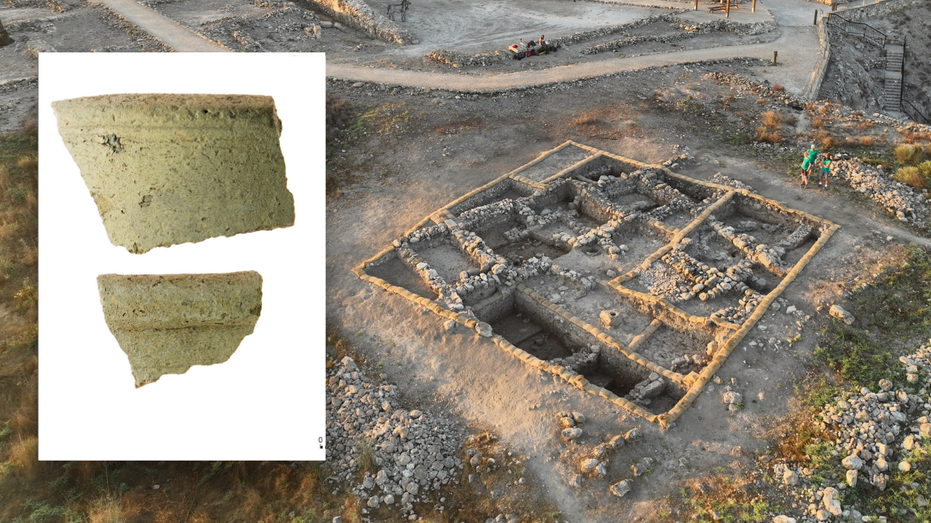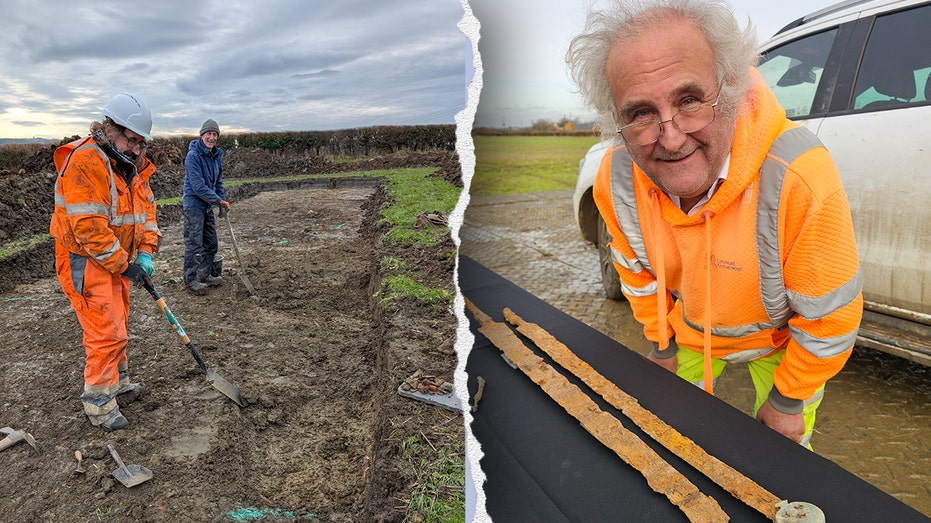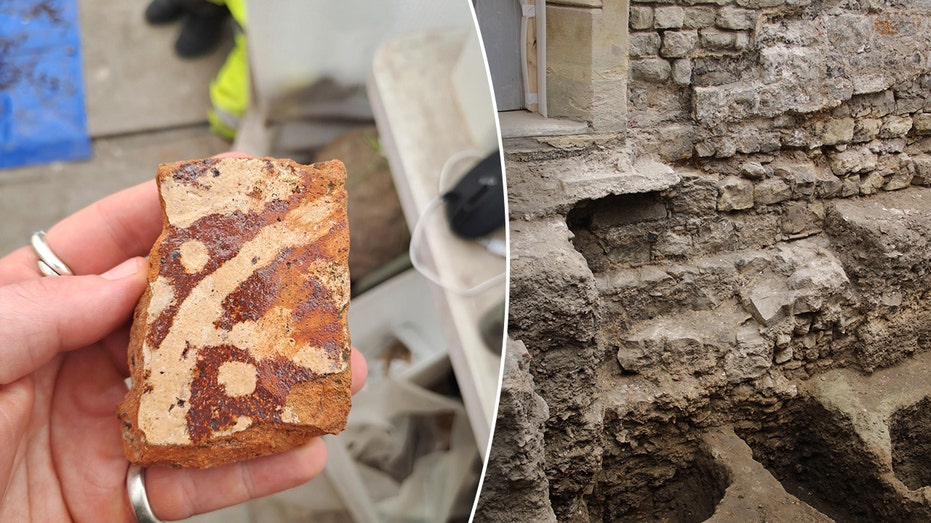Archaeologists Uncover Proof of Ancient Biblical Battle at Armageddon Site

Sarah Johnson
April 1, 2025
Brief
Archaeologists in Israel uncovered Egyptian pottery at Megiddo, possibly confirming the biblical battle where King Josiah fell. The find sheds light on ancient warfare and biblical history.
Archaeologists in Israel have stumbled across tantalizing evidence of a biblical battle that has fascinated historians and believers alike. Their discovery? Broken fragments of Egyptian pottery unearthed in the ancient city of Megiddo, a site rich in history and intrigue.
Located in northern Israel, Tel Megiddo boasts over 30 layers of settlements spanning millennia—from the Copper Age to World War I. Among these layers lies the story of King Josiah of Judah, who famously met his tragic end in the Battle of Megiddo in 609 B.C. Fighting against the Egyptian Pharaoh Necho II, Josiah’s defeat is chronicled in the Second Book of Kings in the Old Testament.
Megiddo also holds a mythical place in apocalyptic lore, referred to as "Armageddon" in the Book of Revelation. The name itself comes from the Hebrew phrase "Har Megiddo," meaning "mountain of Megiddo," where the prophesied final battle between earthly kings and divine forces is said to unfold.
While end-times battles can't be confirmed (thankfully!), archaeologists are confident they’ve found proof of the Old Testament account. Dr. Assaf Kleiman, a senior lecturer at Ben-Gurion University of the Negev, explained that the pottery fragments likely belonged to the Egyptian army that defeated King Josiah.
The fragments include serving bowls, cooking pots, and storage jars—items Kleiman insists were brought by Egyptian troops, not imported through trade. The crude production techniques and lack of similar artifacts in nearby settlements bolster this theory. According to Kleiman, the presence of these vessels at Megiddo is nothing short of an "exceptional phenomenon." To add an extra twist, evidence suggests Greek mercenaries might have been part of Pharaoh Necho II's army, adding an international flair to this ancient clash.
Interestingly, the Egyptian settlement at Megiddo didn’t last long. The building where these artifacts were found was likely abandoned within decades, leaving the pottery as historical breadcrumbs. Although there’s no non-biblical evidence of King Josiah’s existence, Kleiman asserts his reign has never been doubted by scholars, citing the era’s common literacy and the documentation of events by scribes.
And the intrigue doesn’t end there. Kleiman’s research hints that some members of the Ten Lost Tribes of Israel may not have been entirely expelled to Mesopotamia in the 7th century B.C. Instead, they might have remained in Megiddo under Assyrian rule, blending local and imperial social fabrics.
Archaeologists plan to dig deeper into Megiddo’s Bronze Age roots, hoping to uncover even more secrets from the layers of history buried in this extraordinary site. Who knows what else this ancient city might reveal?
Topics
Editor's Comments
Megiddo is like the ultimate historical onion—every layer peeled back reveals something juicier. The idea of Egyptian pottery as a battlefield souvenir from 609 B.C. is wild enough, but throw in Greek mercenaries and the potential survival of some Lost Tribes? History buffs, this is your jackpot. The real kicker is how the Bible and archaeology keep playing this game of 'I told you so!'
Like this article? Share it with your friends!
If you find this article interesting, feel free to share it with your friends!
Thank you for your support! Sharing is the greatest encouragement for us.



